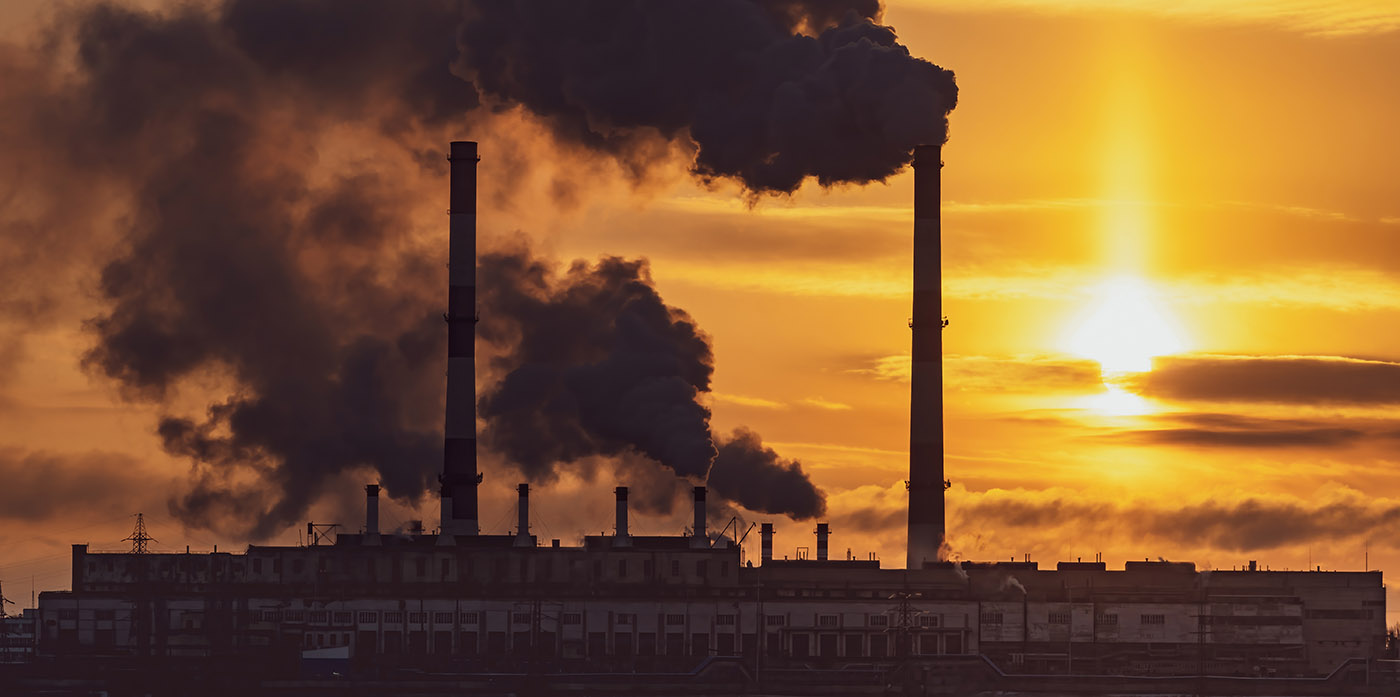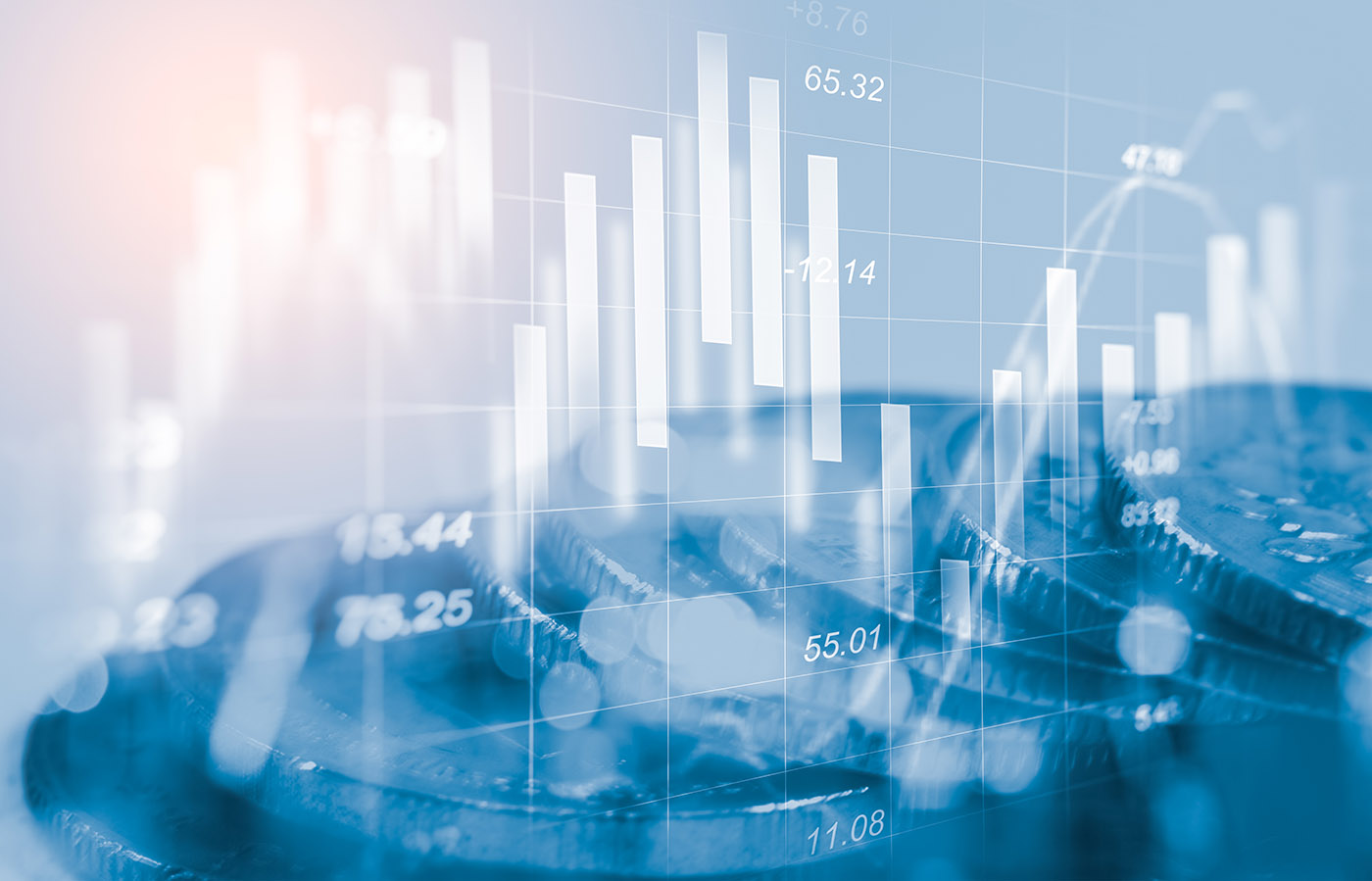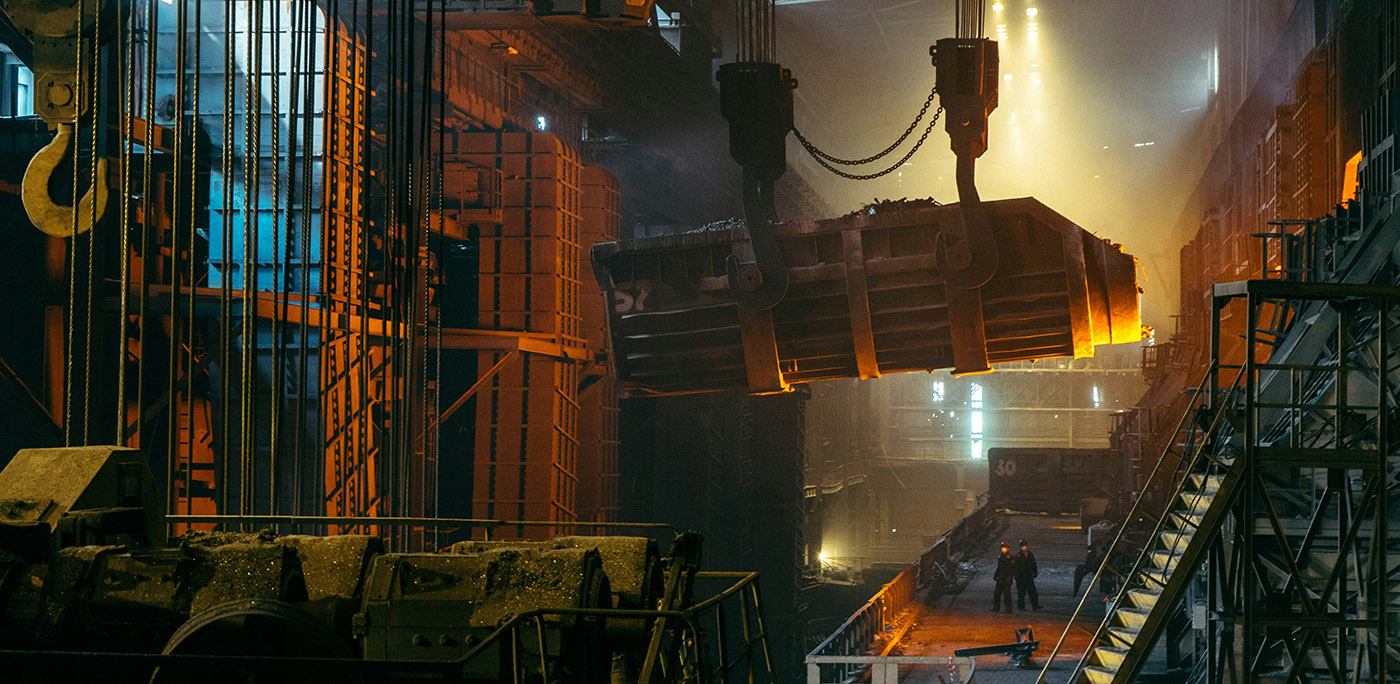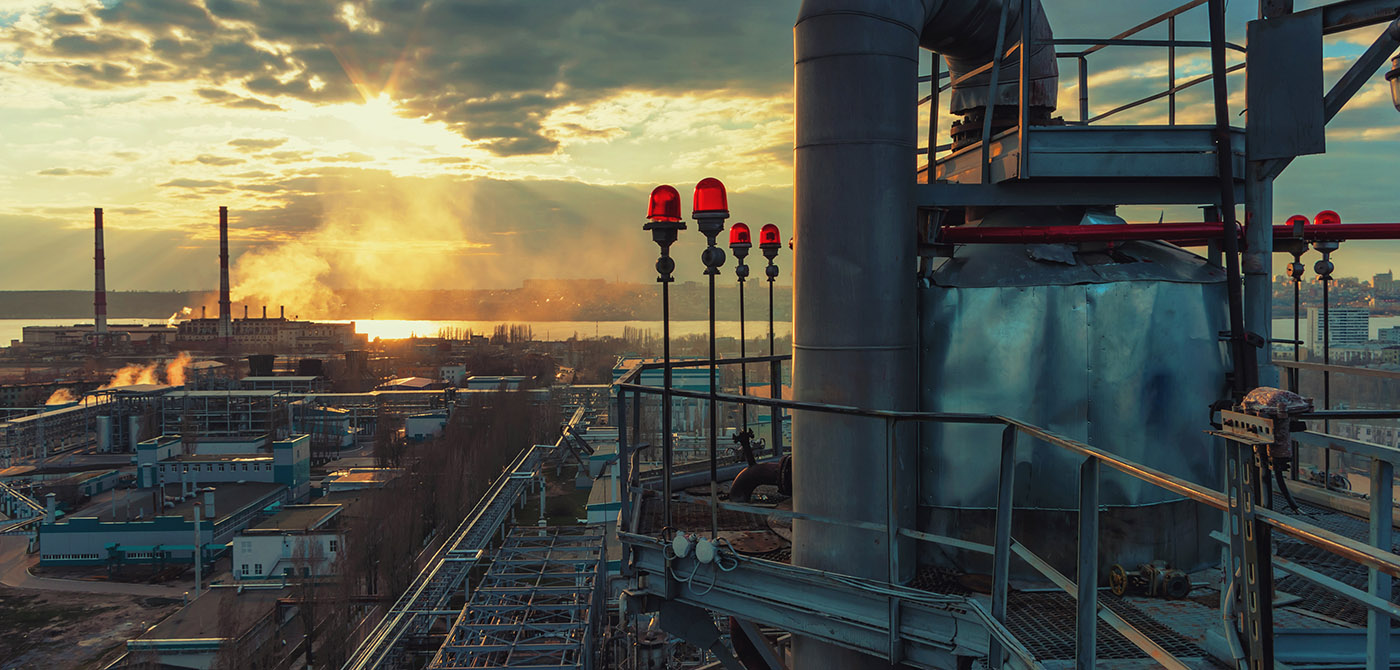The Russian Economy and Sanctions Brief — August 2024
Vladimir Putin’s corridor of economic opportunities is narrowing
By Vladimir Milov September 05, 2024

Vladimir Putin’s corridor of economic opportunities is narrowing
By Vladimir Milov September 05, 2024

The Russian economy is experiencing a slowdown: the rebound effect following the 2022–2024 sanctions has ended, and a growth model is absent. High capacity utilization, a labor shortage, and fiscal stimulus are driving inflation risks, while state reserves are rapidly depleting. The Central Bank has raised the key interest rate to 18% and is preparing for further increases, which are slowing economic activity and exacerbating inflation. Sanctions have worsened the payment crisis, hindering economic recovery and intensifying inflationary pressures.
The summer of 2024 has shown several important trends regarding the Russian economy and the progressing impact of Western sanctions:
Initially boosted by higher federal military spending in the first two years of the full-scale war against Ukraine, the Russian economy is beginning to show expected signs of cooling. In June 2024, year-over-year industrial output growth was below 2%, the worst in 15 months; similarly, agricultural output and cargo turnover were both down in annual terms. The summary of the key rate discussion during the July meeting of the Russian Central Bank’s Board of Directors indicates a slowdown in economic activity in June-July. Furthermore, the Bank reports a notable contraction of business activity in the first weeks of August 2024. The Industrial Optimism Index, according to the Institute of Economic Forecasting of the Russian Academy of Sciences, fell by 9 points in August, to the lowest level since March 2023. The state-sponsored rating agency AKRA significantly lowered its forecast for Russia’s GDP growth for 2025–2026 to mere 1–2% versus just over 3% in 2024.
Economic slowdown was fairly predictable, as there are clear inadequacies in the model of growth based solely on military-focused fiscal stimulus with no incentives for private investment and productivity increase. Moreover, current conditions — the sanctions, lack of access to cheap foreign credit and international markets, a hostile regulatory environment, tax and interest rate hikes, difficulties with export-import payments, labor shortages, etc. — are quite unfavorable for economic recovery, let alone development.
Under the circumstances, many Western publications that provide their readers with an upbeat outlook on Russian economic prospects based on current GDP growth figures are irrelevant and out-of-date. The potential for high GDP growth is diminishing by the day.
Russian authorities widely admit that the Russian economy experiences «the worst overheating in 16 years» (since the 2008 financial crisis, when an overheating was followed by a 8% GDP contraction in 2009), according to Central Bank Governor Elvira Nabiullina. At her press conference on July 26th, 2024, Nabiullina admitted that labor force and production capacity reserves were «almost exhausted," and that if these problems weren’t solved, any further budget stimulus would «only… accelerate inflation» and bring about the «scenario of stagflation that could only be stopped by way of a deep recession.»
There’s no realistic prospect that these issues will be solved any time soon. According to the Russian Central Bank, the labor shortage hit a historic record in Q2 2024. The reason is Putin’s war against Ukraine and the mass military mobilization that made skilled labor flee the country. Capacity expansion is constrained by the Western sanctions and difficulties in importing sophisticated production machinery tools from the countries of the Global South due to import payments freeze (see below).
Russian financial reserves are rapidly shrinking as a result of the current economic model based on heavy fiscal spending on military needs. In July 2024, the Russian federal budget deficit grew considerably, by about 50% after January-July 2024 as compared to January-June, to RUR 1,4 trillion ($15,8 billion). After 7 months of 2024, the federal budget deficit eats up about two thirds of the planned annual deficit that was also revised upward to RUR 2,1 trillion ($24,4 billion), by about a third as compared to the previously approved federal budget for 2024. New amendments to the law on Russia’s federal budget for 2024 were signed by Vladimir Putin in July.
The planned federal budget deficit for 2024 makes up 45% of remaining liquidity reserves of the Russian National Wealth Fund (RUR 4,7 trillion, or $54 billion). If the NWF funds are used by the year end to finance the budget deficit as in 2022–2023 and before that, the liquidity reserves of the NWF will shrink to just RUR 2,6 trillion ($30 billion). It looks rather like an irreducible balance to be kept in order to mitigate possible future financial shocks, which was the initial purpose of the NWF, than spending money. Russia is very likely to enter the year 2025 without any more liquidity funds available to finance a budget deficit, for current oil prices don’t allow it to accumulate more cash in the NWF.
There’s also a non-liquidity portion of the NWF invested in various securities, mostly Russian corporate bonds and shares, that equals RUR 7,9 trillion ($92 billion). However, that is not easily recoverable and should be discarded, as far as the current budget deficit is concerned. It also accounts for some of the problem assets like $3 billion lent to the government of Ukraine headed by Victor Yanukovich in the end of 2013, which Ukraine doesn’t intend to return. Accordingly, only the liquidity reserves of the NWF can be considered as money readily available for financing the current budget deficit.
Russian federal budget problems are likely to be exacerbated further in September-October 2024, when the new draft federal budget for 2025 will be presented and discussed by the Russian government and the State Duma. It is probable that the government will significantly increase military spending, as the current budget is clearly insufficient for financing the war in Ukraine at its current level of intensity. This issue will be considered in more detail in our future briefs.
In theory, the Russian budget could be supported by the growth of prices for exported commodities, primarily oil. This, however, is not happening due to weak international oil prices and lack of the oil market’s confidence in global economic growth and a related increase in global oil demand. While Russia was successful in evading the G7 oil export price cap of $60 per barrel, its Urals export crude is currently trading at just around $70 per barrel. It is roughly what was projected for the 2024 federal budget, and it doesn’t give Russia any additional boost in oil revenues.
Since the end of July 2023, the Russian Central Bank has been sharply raising interest rates: the key interest rate was gradually increased from 7,5% in H1 2023 to 16% by mid-December 2023. The efforts to reduce inflation within the past 12 months were largely futile; on July 26, 2024, the Central Bank raised the key interest rate again, from 16% to 18%, effectively admitting the failure of a year of tight monetary policies to bring inflation down. The consumer price index from January 1st to August 19th, 2024, reached 5,15% vs. December of last year, as opposed to just 3,7% in January-August 2023. In July 2024, annualized inflation reached 9,13%, the highest since February 2023; monthly inflation in July 2024 was at 1,14%, the highest since April 2022. The Central Bank leadership signalled that it might raise the interest rate to as high as 20% if the inflation didn’t cool down by September 13th, the date of the next scheduled Central Bank Board meeting on interest rates.
High inflation is a direct result of a set of circumstances arising from Putin’s war against Ukraine, the Western sanctions, and international isolation. These include:
None of these circumstances seem to be seriously affected by the Central Bank’s rate hikes, and they are here to stay because of the continuing war and Russia’s international isolation. The Central Bank is evidently trying to cure a disease with wrong methods. Moreover, as discussed above, the main problem, excessive military-driven fiscal stimulus, will probably worsen with the adoption of the new federal budget for 2025, which is likely to significantly increase military spending (to be watched in September-October).
High inflation, therefore, is likely to be there for a protracted period of time, as reflected by the Central Bank’s renewed July forecast. According to it, the average key interest rate will remain as high as 15% throughout 2025, and 10,5% throughout 2026. High inflation is the most destructive factor for long-term credit to the real sector of the economy. Banks just don’t want to lend the money without clear prospects of inflation calming down, Elvira Nabiullina concedes.
The extended period of high interest rates itself has an array of negative effects on the Russian economy. It’s obviously slowing economic activity, with credit being too expensive for most industries. The share of bank loans in financing fixed investment, according to the Russian statistics agency Rosstat, remains as low as around 10%, and outspoken critics of the Central Bank’s tight monetary policies like oligarch Oleg Deripaska point out ruinous effects of high interest rates on economic growth. There are other negative consequences as well. More expensive credit drives up costs and constitutes an important pro-inflationary factor in its own right. According to Kommersant, Russian suppliers of basic food products plan to raise prices by 5–40% starting September, citing extra borrowing costs as one of the contributing problems.
Another issue is a looming banking crisis. In recent years many real sector players have been extensively borrowing money from banks under floating interest rates tied to the Central Bank’s rate. The rationale was the Central Bank’s pledge made in 2023 that by the second half of 2024 the rates would be lowered significantly. It didn’t happen and, as explained above, isn’t going to happen soon. Thus many borrowers can find it difficult to repay or restructure their existing debts because they won’t be able to borrow enough new money under higher rates. This may lead to deterioration of the quality of bank loan portfolio and usher in a banking crisis of uncertain proportions, according to the Center for Macroeconomic Analysis and Short-Term Forecasting founded by the current Russian Minister of Defense Andrey Belousov, chaired by his brother Dmitry, and considered to be closely linked to the Russian government.
In her turn, Elvira Nabiullina acknowledges that in the past 12 months industries have increased borrowing at floating rates in vain anticipation of a reduction in the key rate. Many enterprises will find themselves in a difficult position servicing the more expensive debt; the rapid credit expansion based on expectations of rate cuts also contributed to higher-than-expected inflation.
Given the fact that the Russian Central Bank has now adopted the policies of maintaining high interest rates throughout 2025–2026, it is clear that this factor will continue to impede Russia’s economic recovery in the next couple of years.
Higher inflation and interest rates, as well as the overall economic uncertainty, drive up yields for Russia’s government bonds, seriously impairing the country’s ability to solve its budget problems through borrowing. The yields skyrocketed to 16% by the end of August, as opposed to 11–12% in the beginning of 2024. Russian Government Bond Index (RGBI), which reflects investors' trust in the government’s ability to service its debt, is near all-time lows. While the federal debt as such is relatively low at 17% of GDP, debt servicing costs are surging. According to the 2024 federal budget projections, total federal spending on debt servicing is expected to increase threefold in 2026 as compared to 2021 in nominal terms, or from 5% of total federal spending in 2021 to 10% in 2026.
One of the key challenges for the Russian economy arising in 2024 as a result of the Western sanctions are severe problems with export-import payments in trade with China and other trading partner countries of the Global South. More and more banks and companies from the said countries restrict their relations with Russian counterparts, which leads to freeze of about 80% of payments for goods imported from China and raises transaction costs up to 30% to implement circumvention schemes ensuring that the payments go through in the end. These problems don’t just affect Russia’s relations with China: in H1 2024, Russian imports from Turkey contracted by stunning 28% year-over-year.
The contraction of imports also affects Russia’s ability to expand its industrial base: in the first half of 2024, total Russian imports contracted by 8,5% year-over-year, of which imports of machinery and equipment contracted by 5%. The contraction, to which payments freeze is a major contributor, limits Russia’s ability to expand supply and serves as a major pro-inflationary factor thanks to the increasing transaction costs necessitated by the use of complex intermediary schemes.
The Western sanctions and the economic isolation of Russia have a serious and progressing negative effect on the Russian economy. While the country’s GDP is still expected to grow above 3% this year, there’s nothing to celebrate: a major slowdown is expected, and an effective recovery model is lacking. Russia’s economic growth of 2023–2024 was largely based on the depletion of the financial reserves accumulated in the previous years. The massive injection of the reserves into military spending doesn’t foster an adequate supply expansion, only fueling high inflation that is a direct result of Russia’s economic woes caused by the war and sanctions. The attempts to calm it down with the tight monetary policies and high interest rates stifle economic activity more than they help tame price growth.
The financial reserves are rapidly depleting; there are no major sources of additional revenue in sight. Russia is cut off from international financial markets; domestic borrowing costs are soaring, putting extra pressure on the government’s finances. Larger budget deficits can be expected from a potential increase of military spending in 2025, a topic to be watched closely in the coming months.
The government is trying to solve some of the problems through steep tax hikes starting 2025, which will inevitably hurt business investment plans and curb economic growth as much as extended high interest rates would. New problems emerge from lasting freeze of export-import payments with China and other countries of the Global South.
We will continue to monitor the situation further with regular updates, but the key conclusion is that the corridor of economic opportunities for Vladimir Putin is narrowing. If the Western sanctions pressure is intensified, Russia will quite soon reach a breaking point, losing the capacity to sustain the war effort in Ukraine at its current level of intensity.
Czar Broadcasts Panic
By Vladimir Milov
August 06, 2024
 Report
Report
How far can Putin go in militarizing Russia? What are the weaknesses of his approach?
By Free Russia Foundation
April 19, 2024
 Report
Report
Economic reforms and decentralization in Russia
By Sergey Guriev
By Vladimir Milov
May 29, 2024

Czar Broadcasts Panic
By Vladimir Milov
August 06, 2024
 Report
Report
How far can Putin go in militarizing Russia? What are the weaknesses of his approach?
By Free Russia Foundation
April 19, 2024
 Report
Report
Economic reforms and decentralization in Russia
By Sergey Guriev
By Vladimir Milov
May 29, 2024
